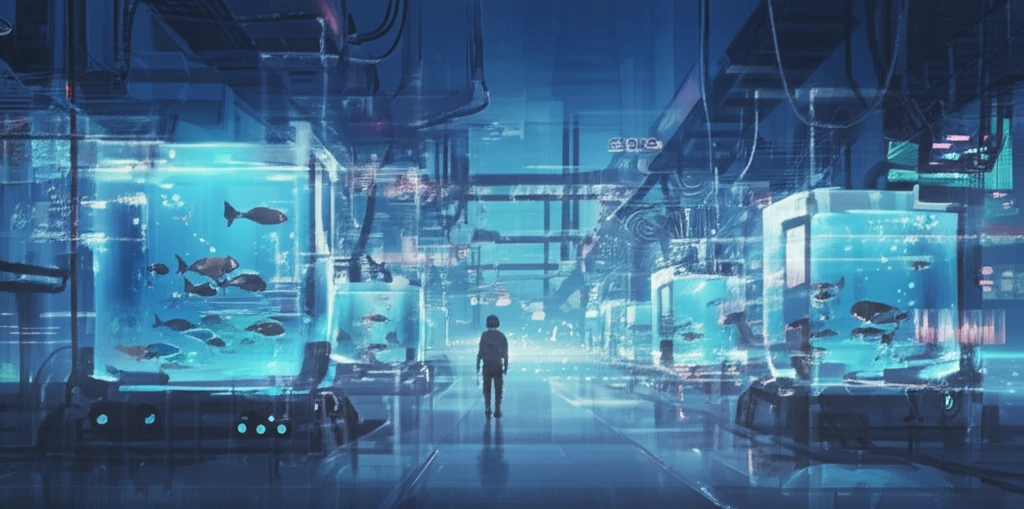
Aquaculture Innovations: Transforming Fish Farming for a Sustainable Future
"Explore the latest advancements in aquaculture, from genetic techniques to smart feeding systems, and how they're shaping the future of sustainable seafood production."
Aquaculture, or fish farming, is rapidly evolving to meet the increasing global demand for seafood. As wild fish stocks decline and the world population grows, innovative approaches in aquaculture are essential for ensuring a sustainable and secure food supply. This article explores the latest breakthroughs and trends in aquaculture, examining how technology and research are transforming the industry.
From advancements in genetics and disease control to the development of smart feeding systems and eco-friendly practices, aquaculture is undergoing a significant transformation. These innovations aim to enhance productivity, reduce environmental impact, and improve the overall sustainability of fish farming operations.
This article dives into the key areas driving this evolution, providing insights into how these advancements are being implemented and their potential to reshape the future of seafood production. Whether you're an industry professional, a researcher, or simply interested in the future of food, this exploration of aquaculture innovations offers valuable perspectives on a critical and evolving field.
Key Innovations in Aquaculture

Several groundbreaking areas are driving the transformation of aquaculture:
- Increased Disease Resistance: Genetically improved fish are better equipped to withstand common aquaculture diseases, reducing the need for antibiotics.
- Enhanced Growth Rates: Selective breeding results in faster-growing fish, shortening production cycles and improving efficiency.
- Improved Feed Conversion Ratios: Genetically superior fish utilize feed more efficiently, reducing waste and lowering feed costs.
The Future of Aquaculture
Aquaculture is poised to play an increasingly vital role in global food security and sustainability. By embracing innovative technologies and practices, the aquaculture industry can continue to enhance productivity, reduce environmental impact, and provide a reliable source of high-quality seafood for generations to come. Ongoing research, collaboration, and investment in these advancements are essential for realizing the full potential of sustainable aquaculture.
